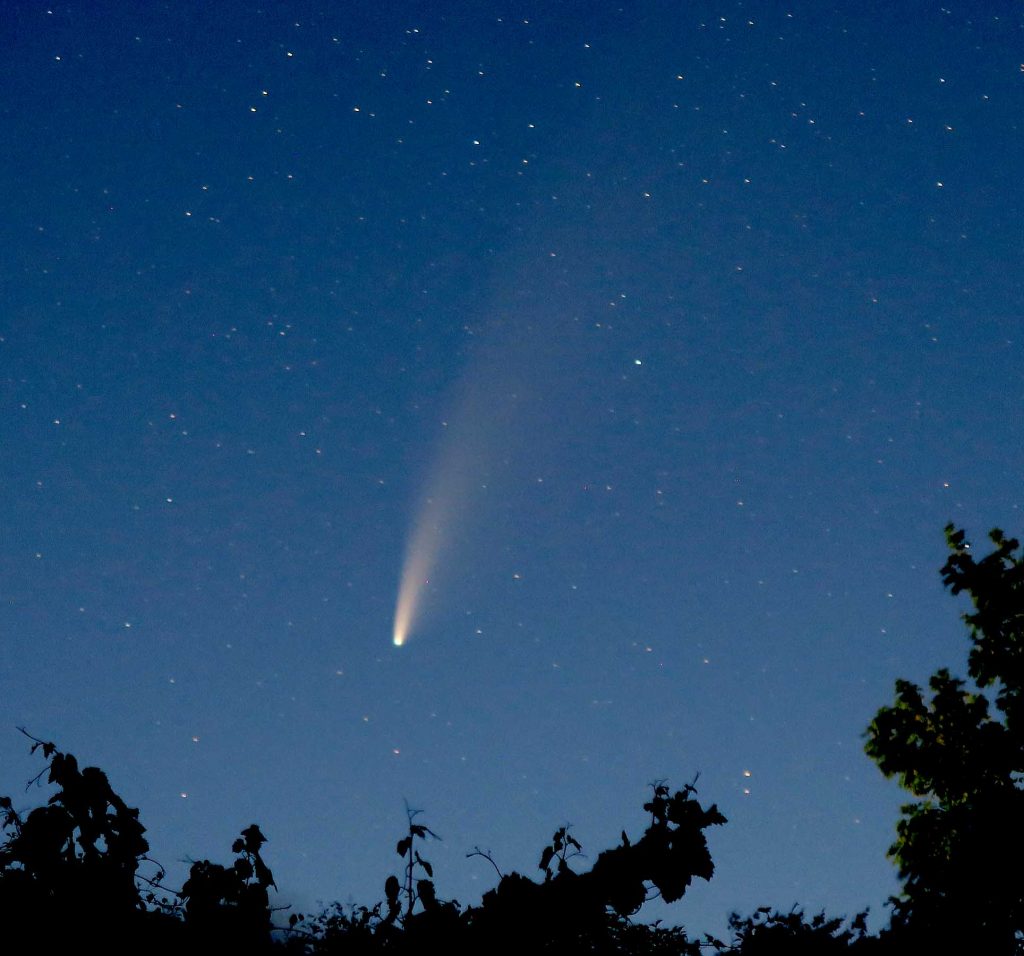This Thursday we will have another virtual meeting of the Society along with members from Usk Astronomical Society. This will be another in the back to basics type talks, this time on an absolute beginners guide to astrophotography.
Astrophotography is a large and complex subject that can also be very costly in equipment, but like anything if taken gradually bit by bit it becomes much more accessible. This talk looks at how with basic equipment – say a digital camera of some sort or even just a smart phone you can start to produce some amazing results. You do not even really need a PC but it does help. Basic instructions to get you started will be given plus some top tips to avoid common pitfalls.
The meeting will start at 7pm and it will be open from 6:50, please log on before 7 if possible so we are ready to start on time.
Topic: Astronomical Society Meeting
Time: Sep 17, 2020 07:00 PM London
Join Zoom Meeting
https://us02web.zoom.us/j/84670026528?pwd=WjF2bDJERUczSG1wTGlFeEtLa00wdz09
Meeting ID: 846 7002 6528
Passcode: 884442
Find your local number: https://us02web.zoom.us/u/kcGvE078P
